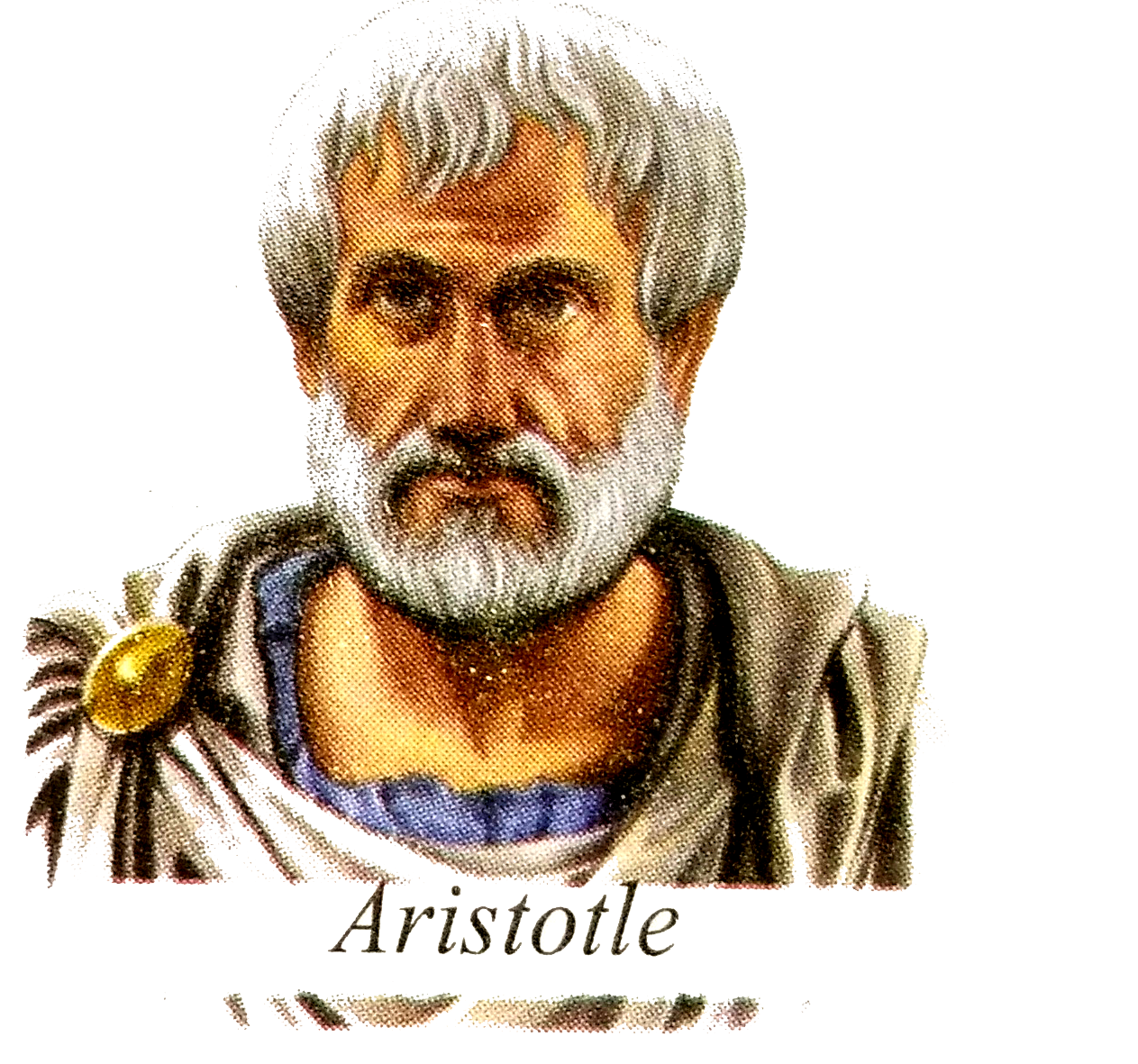Write the characteristics of plants that are necessary for classification. Describe them in brief.
Text Solution
Vegetative Characters :
Habit : Herbs (Plants grow to a height of 1 - 3 feet)
Shrubs (Plants which grow in the form of a bush)
Trees (Plants with erect, woody branched or unbranched)
Habitat : Hydrophytes : (Plants which grow in water)
Mesophytes : (Plants which grow in Moderate climatic conditions)
Xerophytes : (Plants which grow in dry areas)
Root system : Taproot system : (The main root called Tap root, which inturn forms lateral roots and Root lets) Ex : Dicots
Fibrous Root system : (Cluster of roots which arise from the base of the stem) Ex : Monocots.
Stem : Aerial (Which grows aerially) or underground (which grows into the soil), erect (Stands in upright position) or creeping (which grows on the soil Horizontally) Tendril climbers (Climbing with the help of Tendrils) Stragglers (Woody plants that climb up with the help of Hooks or thorns) Lianes (Large woody perennial twinners) Branched (Stem with Branches) or unbranched (stem without Branches) green or Brown or black in colour.
Leaf : Leaf base : Pulvinous (Swollen) or sheathing (Broad and surround the stem as envelope).
Stipules : Stipulate (Leaf with stipules).
Exstiplulate (Leaf without stipules)
Petiole : Petiolate (Leaf with petiole)
Sessile (Leaf without petiole)
Lamina : Shape - Ovate (oval) or Linear (Long and slightly Broader) Reniform (Kidney shapped)
Cordate (Heart shaped) Centric (hollow)
Venation : Reticulate (Midrib, Laterial veins and veinlats are arranged in the form of net like)
Parallel : (Mid rib produce lateral veins and veinlets arranged parallely)
Kind : Simple (Leaf with undivided Lamina)
Compound (Lamina is divided into leaflets)
Phyllotaxy : Alternate (only one leaf arises at a node)
Opposite (Two leaves arises at each node)
Whorled (More than 2 leaves arises at each node).
Floral Characters :
Inflorescence : Racemose (Peduncle is long)
Cymose (Peduncle is short)
Special (Verticillester or Hypanthodium or Cyathium)
Flower : Bracteate (The flower with Bracts)
Ebracteate (The flower without Bracts)
Bracteolate (The flower with Bracteoles)
Ebracteolate (The flower without Bracteoles)
Pedicillate (The flower with Pedicel)
Sessile (The flower without Pedicel)
Complete (The flower with all four floral parts)
Incomplete (The flower without an any one of the floral parts)
Arrangement of Floral parts Acyclic : The floral parts are spirally arranged.
Cyclic : The floral parts are arranged in whorls.
Hemicyclic : K & C are in whorls and A & G are in spiral Manner)
Sex : Bisexual : The flower with both sex organs.
Unisexual : The flower with any one of the sex organs.
Gynoecium Position : Hypogynous : The flower with superior ovary.
Epigynous : The flower with Inferior ovary.
Perigynous : The flower with Half superior ovary.
Merosity : Trimerous : Three parts in each whorl
Tetramerous : Four parts in each whorl.
Pentamerous : Five parts in each whorl.
Symmetry : Actinomorphic : A flower can be cut into two equal halves in any vertical plane.
Zygmorphic : A flower can be cut into two equal halves in one vertical plane.
Calyx : Number of sepals 3 or 4 or 5, polysepalous (free) or gamosepalous (fused) valvate (arranged in a whorl) or twristed Aestivation (arranged in one whole with one margin inside and one margin outside). Imbricate Aestivation (arranged with overlapping pattern).
Corolla : Number of petals, polypetalous (free) or gamopetalous (fused) Aestivation (valvate or Twisted or Imbricate).
Androecium : Number of stamens 4 or 5 or 10 or many
Monadelphous : All are in one Bundle
Diadelphous : All are in two Bundles
Polyadelphous : All are in more than two Bundles
dithrecous : Anther with two Theca
Monothecous : Anther with one Theca
Basifixed : Filament gets attached to the Base of the Anther.
Dorsifixed : Filamnet gets attached to the Dorsal side of the anther.
Dehiscence : Longitudinal (Breaks vertically)
Transverse (Breaks Transversely)
Porous (Pollengrains are released through Apical pore)
Gynoecium : Monocarpellary - The ovaryy with one carpel.
Bicarpellary - The ovary with two carpels.
Tricarpellary - The ovary with three carpels.
Tetracarpellary - The ovary with four carpels.
Pentacarpellary - The ovary with five carpels.
Multicarpellary - The ovary with more than five carpels.
Syncarpous : All the carpels are fused.
Apocarpous : All the carpels are free
Superior ovary : K, C, A develops from the base of the ovary.
Interior ovary : K, C, A develops from the upper part of the ovary.
Half superior ovary : K, C, A develops from the centre (Half) of the ovary.
Placentation : Marginal (Ovules are arranged on Placenta present along the margins).
Axile (Ovules are arranged on the centre)
Basal (Ovules are arranged at the Base of the ovary)
Style : Terminal (Develops above the ovary)
Laferal (develops from the latual side)
Stigma : Capitate (Round) Bifid (divided Hairy (with hairs)
|
Updated on:21/07/2023
Related Playlists
- BOOK - VIKRAM PUBLICATION ( ANDHRA PUBLICATION)CHAPTER - TAXONOMY OF ANGIOSPERMS EXERCISE - IMPORTANT QUESTIONS10videos
TAXONOMY OF ANGIOSPERMS
- BOOK - VIKRAM PUBLICATION ( ANDHRA PUBLICATION)CHAPTER - TAXONOMY OF ANGIOSPERMS EXERCISE - SHORT ANSWER TYPE QUSTIONS7videos
TAXONOMY OF ANGIOSPERMS
- BOOK - VIKRAM PUBLICATION ( ANDHRA PUBLICATION)CHAPTER - STRUCTURAL ORGANISATION IN ANIMALS EXERCISE - Important Question24videos
STRUCTURAL ORGANISATION IN ANIMALS
- BOOK - VIKRAM PUBLICATION ( ANDHRA PUBLICATION)CHAPTER - THE LIVING WORLD EXERCISE - TEXTUAL EXERCISES9videos
THE LIVING WORLD
Similar Questions
Describe the characteristics used in hierarchical classification of organisms.
View SolutionCharacteristics Of Good Classification
View SolutionDescribe the main characterisites of viruses in brief.
View SolutionWhat are the important characteristics of growth ? Describe in brief.
View SolutionWho were Turks? Write about them in brief.
View SolutionGive a brief account of the various ranks used in classification ,
View SolutionDescribe in brief : Osmoregulation
View SolutionDescribe in brief the Giant's garden.
View SolutionDescribe in brief : Ultrafiltration
View SolutionWrite in brief about progressive changes in animal classification.
 View Solution
View Solution

